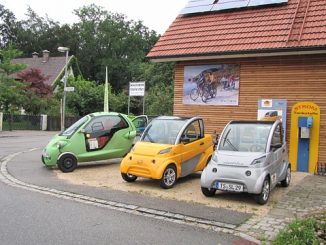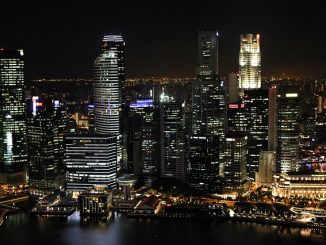It is not so long ago that each component of the energy system of a large city was designed and developed by the specialists who were in charge of it. This world was simple; this is perhaps the main reason for the difficulties encountered in making it change today.
I have already mentioned in this blog the links that emerge between the different networks (electricity, heat, gas, water), between the different levels (production, distribution, consumption), the sharing of infrastructures that makes sense (Telecom networks, storage), the emerging exchanges between self-producers and the new mechanisms to value energy flows (in terms of consumption modulations, for example). All these examples clearly illustrate how it is today obsolete to design energy systems as yesterday, as each component is dependent on others.
The world of energy is not the only one to evolve into increasingly complex systems in which performance can not be optimized without a global approach: the world of transport is also a glaring example.
Today, a design process of energy systems in two stages must prevail:
– The first step is to define the overall architecture of a city’s energy system. This architecture is firstly defined as a target to be achieved. It encompasses all known and upcoming subsystems and offers a GLOBAL vision of energy generation, distribution and consumption within the city.
The overall architecture takes into account the optimization and energy efficiency requirements as well as the consequences of the energy transition. It must therefore be reviewed regularly in order not to (re)build a frozen system that will have to evolve painfully once again in a few decades. Every three to five years, it is important to evolve this architecture by examining the impact of new technologies, technological developments as well as new market conditions.
Once the target is established, it is essential to define, step by step, the path to achieving it from the current state of the energy system. At each stage thus defined, it is essential to examine the conditions for sharing the value created, the economic balances of the regulated and competing entities and the financing levers.
Once the general framework is defined, once each actor can project himself in the envisaged transition, it is easy to provide each element of the system with the constraints to which it must now respond as well as the description of its links with the other elements of the system.
– The second step is to define precisely the subsystems constituting the global system. This design can then be achieved with the traditional skills of the different actors but is now based on the inputs defined and provided in the first step.
Feeding these two stages distinctly allows to reach a level of performance that is inaccessible in the opposite case. It also avoids the rapid obsolescence of investments or redundancies between production systems.
Neither the manufacturers nor the design offices, which have been organized for a long time by specialties, by type of energy, are really able to “create” and grow global architects in sufficient quantities. These integrative profiles are rare, able to think simultaneously different types of energy by mixing technologies, finance, marketing, actors’ games and consumers’ psychology. In many cases, it will be thus necessary to proceed experimentally. But, from my point of view, it would be better to have an imperfect two-stage rocket than a perfectly mastered traditional one-stage rocket.




Leave a Reply